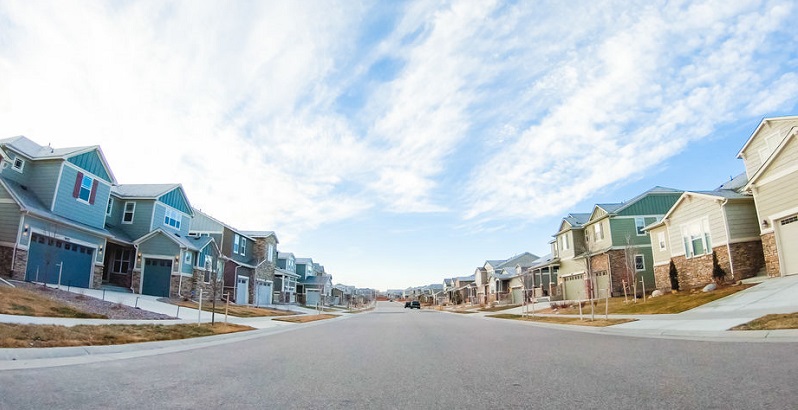Stay-at-home orders often mean less traffic. The number of vehicles on Colorado roads has declined by 60 percent, and Denver police have also observed a decline in car accidents.
How Stay-at-Home Orders Have Affected Auto Accidents and Fatalities
According to a New York Times report, “at least 316 million Americans in at least 42 states, three counties, 10 cities, the District of Columbia and Puerto Rico are being urged to stay at home.”
In addition to helping slow the spread of the coronavirus, the efforts have had at least one other effect. A study from the UC Davis Medical Center reports that the number of automobile accidents in California has been cut in half since Governor Gavin Newsome issued stay-at-home orders on March 19.
Before the restrictions, an estimated 1,000 or so collisions and 400 accidents involving injuries and fatalities were occurring every day on California highways. But since late March, the daily tally is about 500 collisions and 200 accidents involving injuries or fatalities.
Sixty Percent Drop in Colorado Traffic
California was one of the first states to issue a stay-at-home order. Many others followed. On April 9, Governor Jared Polis ordered residents of Colorado who are not considered to be essential workers to remain home except to buy food or to engage in limited recreation. Since then, the number of vehicles on state roads has declined by 60 percent, and police have also observed a decline in Denver auto accidents. At the same time, though, some motorists have been getting more reckless on the emptier roads, leading to a jump in the number of speeding tickets.
Other cities are also reporting declines in traffic accidents.
- Despite a modest decrease in collisions, Austin, Texas reported an increase in traffic injuries.
- New York City. Traffic on city streets has declined by almost 80 percent every day since March 12, but more drivers are speeding. In late March, nyc.streetsblog.org reported that “on several days this month, there were more speeding citations issued by cameras than in January, when roads had their typical amount of cars….”
- Crash rates in Phoenix have dropped 75 percent, according to a Fox 10 report. In the first half of March, before stay home orders took effect, there were 1,018 crashes in the metro area. In the last two weeks of the month, the number dropped to 266.
- The city’s 911 operators handled 31 percent fewer car accident reports in March and April of 2020 than they did in the same period of 2019.
- Gas prices are under $1 per gallon here, and auto insurers have promised rebates on premiums because people are driving less. Traffic crashes and fatalities have dropped.
- According to the Indianapolis Star, there were fewer traffic accidents in March 2020 than in either March of the previous two years. Traffic volume on March 30 was 39 percent lower than it was on March 2.
So while the COVID-19 pandemic has mostly meant bad news and more bad news, some major cities, including Denver, are also seeing less crime and many fewer traffic accidents.

